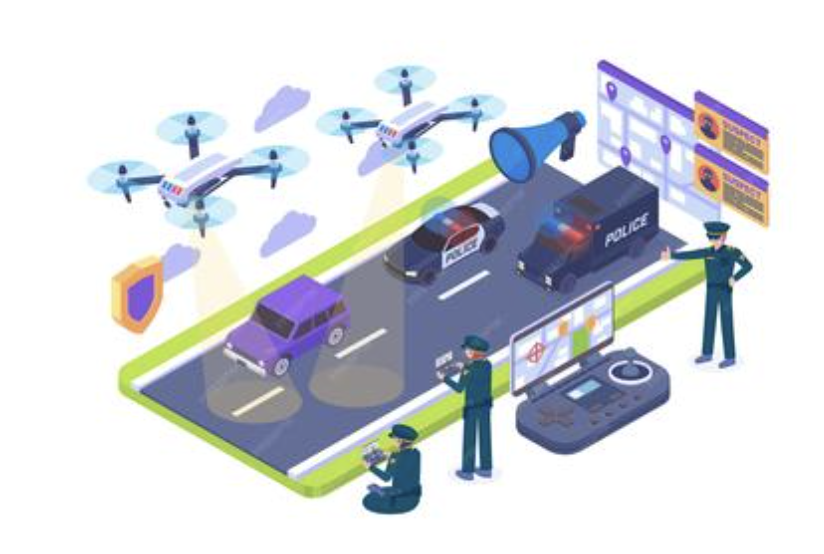
In the wave of digital transformation, enterprise software giants are achieving resource restructuring through strategic business separation. The field is currently in a period of deep adjustment, and the competition for continuous product iteration is forcing the industry to accelerate its innovation process. According to the latest industry survey, nearly half of the decision-makers in technology companies plan to implement asset restructuring strategies in the next year.
The market performance confirms the commercial value of strategic separation. A special research shows that technology companies implementing asset optimization have an average two-year total shareholder return (TSR) that exceeds industry benchmarks by 9 percentage points. This data reveals the capital market's recognition of the value of proactive management teams.
Successful spin off requires crossing four core levels:
1、 Deconstructing Integrated Software Architecture
To cope with the complex architecture of traditional Enterprise Authorization Agreements (ELA), a multidimensional decoupling solution needs to be constructed:
• Build a transparent valuation system
Establish an independent pricing model through modular financial segmentation technology. Focus on developing customized performance indicators and forming a dynamic valuation system. Taking a cloud service provider as an example, after adopting the SSP (Independent Pricing) model, the accuracy of asset valuation increased by 23%.
• Break the dilemma of revenue attribution
Develop an intelligent revenue tracking system based on the characteristics of the "unlimited supply" protocol. A leading enterprise has deployed blockchain traceability technology to control the income attribution error rate within 0.5%, while compressing the transition service agreement period by 40%.

Customer Relationship Maintenance Mechanism
Establish a three-level warning communication system, and proactively control renewal risks through regular customer health assessments. After implementing this mechanism on a certain SaaS platform, the key customer renewal rate remained stable at over 92%.
Intellectual Property Risk Control Matrix
Build an intellectual property firewall and develop a shared patent pool management model. A multinational technology group has saved over 8 million US dollars in patent dispute resolution costs annually by establishing a two-way authorization mechanism.
• Data compliance migration plan
Implement data isolation using zero trust architecture and develop an automated compliance audit system. A cloud service provider achieved zero customer data leakage during the spin off process, with a data migration compliance rate of 100%.
2、 Refactoring the pricing strategy system
Adapt to the wave of subscription based transformation and focus on breaking through three major bottlenecks:
Cash flow reallocation model
Developing a hybrid pricing evaluation tool, a certain ERP vendor deployed a dynamic valuation model to compress the subscription business valuation deviation rate from 15% to within 5%.
Contract iteration project
Establishing a smart contract management system, a CRM service provider has shortened the contract revision cycle from 45 days to 7 working days through automated clause comparison technology.
• Customer Transformation Guidance Program
Implementing a "three-step" transition plan, a database enterprise increased its customer conversion rate to 78% and controlled its annual churn rate below 5% through a tiered discount strategy.

3、 Value Reshaping Project
Build dual engines to enhance asset attractiveness:
• Technical adaptation plan
Developing a cross platform docking toolkit, a middleware vendor has reduced the system integration cycle by 60% through standardized API interfaces.
• Cost traceability system
Establishing a research and development investment traceability model, a certain AI enterprise has increased the historical cost recovery rate to over 95% through cost penetration analysis.
• Talent retention plan
Implementing the "Golden handcuffs" plan for key positions, a cybersecurity company has maintained a core team retention rate of over 90% through flexible incentive mechanisms.
4、 Operation system reengineering
Build three pillars of operational support after the spin off:
Process decoupling scheme
Using microservice architecture to achieve system separation, a certain cloud computing platform has undergone containerization transformation, with business switching downtime controlled within 4 hours.
Channel Independence Plan
Developing a partner portal mirror system, a big data enterprise achieved a 70% increase in channel switching efficiency through virtualization deployment.
• Service continuity mechanism
Establishing a service continuity guarantee system, a certain industrial software manufacturer has improved customer service response time by 50% through intelligent routing allocation.
Industry observations show that successful spin off companies generally establish a three-tier service contract management system and achieve precise service continuity through customer profiling technology. After the implementation of this system by a certain industry leader, the customer satisfaction index increased by 12 percentage points against the trend. It is worth noting that strategic spin off has become a key lever for enterprise digital transformation, and its success factor lies in building a full cycle value management system that maximizes asset value through intelligent technology empowerment.




